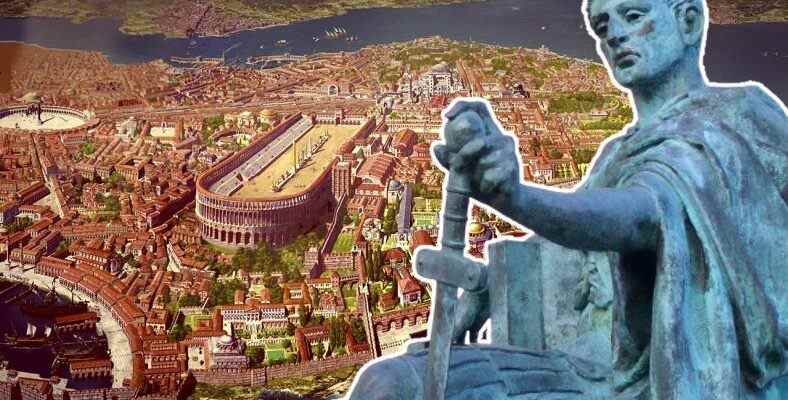Becoming the sole leader of the Roman Empire as a result of the bloody wars, Constantine I was the founder of Constantinople, which was renamed Istanbul after the conquest of Fatih, as well as the name that Christianized Rome. Let’s examine in all details who is Constantine I, the greatest Roman emperor that history has ever seen, and what he did.
Before it was conquered by the army under the command of Fatih Sultan Mehmet in 1453, Istanbul was known as Constantinople and served as the capital of the True Roman Empire for hundreds of years. The name Constantinople is the name of one of the greatest emperors of the Roman Empire, and not only the city, Right from Constantine I, who also founded the Roman Empire is coming.
Known as the great, Constantine I is not only the founder of Constantinople and the Eastern Roman Empire, but also the leader who first accepted Christianity and made it the official religion of the state in the future. Although there are many rumors about his life, it is known that the path to the leadership process is quite bloody. Bride Who is the Roman emperor Constantine I, who founded Constantinople, Let’s look for the answers to the questions of what he did in the dusty pages of history.
Who is Constantine I? He was born the son of a concubine:
Constantine I was born on February 22, 272 in Nis, Illyria, located within the borders of today’s Serbia. His father is Constantius Chlorus, a Roman general. His mother, Helena, was born in the Bithynia province of Rome, today in the city of Izmit in our country. In some sources, it is mentioned that Helena was not married to Constantius Chlorus, but was only his concubine.
Since Constantius Chlorus was a strong commander, Constantine’s youth was also the Roman emperor of the time. It took place in Izmit, where Diocletian’s palace is located. It was expected that Constantine, who lived a life intertwined with the state as the son of a Roman general, would be like his father. It is possible to say that the political developments experienced accelerated this process.
The Roman Empire switches to the tetrarchy system:
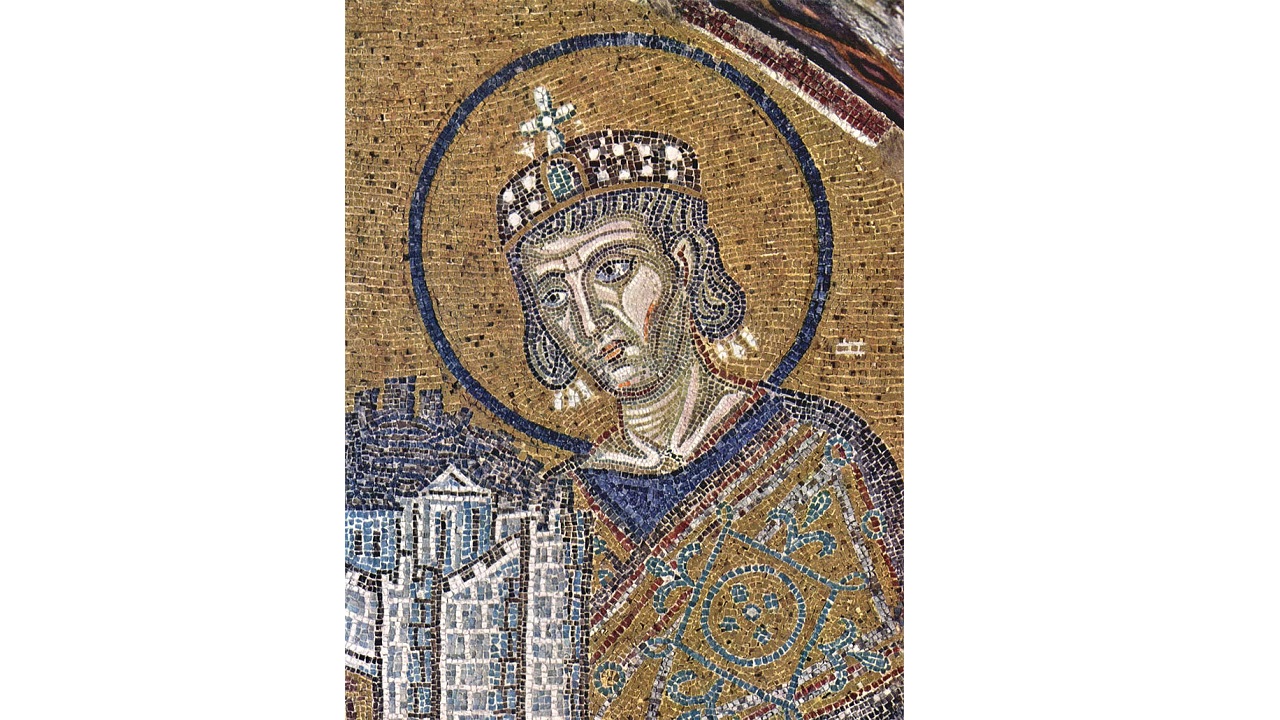
When we came to 286, Emperor Dioclietian made a decision and decided that General Maximus should rule the western part of the country with the title of Augustus. After this system called Tetrarchy, Constantine, He entered Dioclietian’s command when he was only 19 years old. His father, on the other hand, married Maximinus’ daughter Flavia Maximiana Theodora to approach the west after parting ways with Helena.
The applied tetrarchy system was a great reform movement that had never been seen before. Management of the country as two separate blocks, east and west paved the way for both Constantine and his father. It didn’t take long for Constantine to revolt and fight the Augustus.
The bloody wars that will put Constantine I on the throne begin:
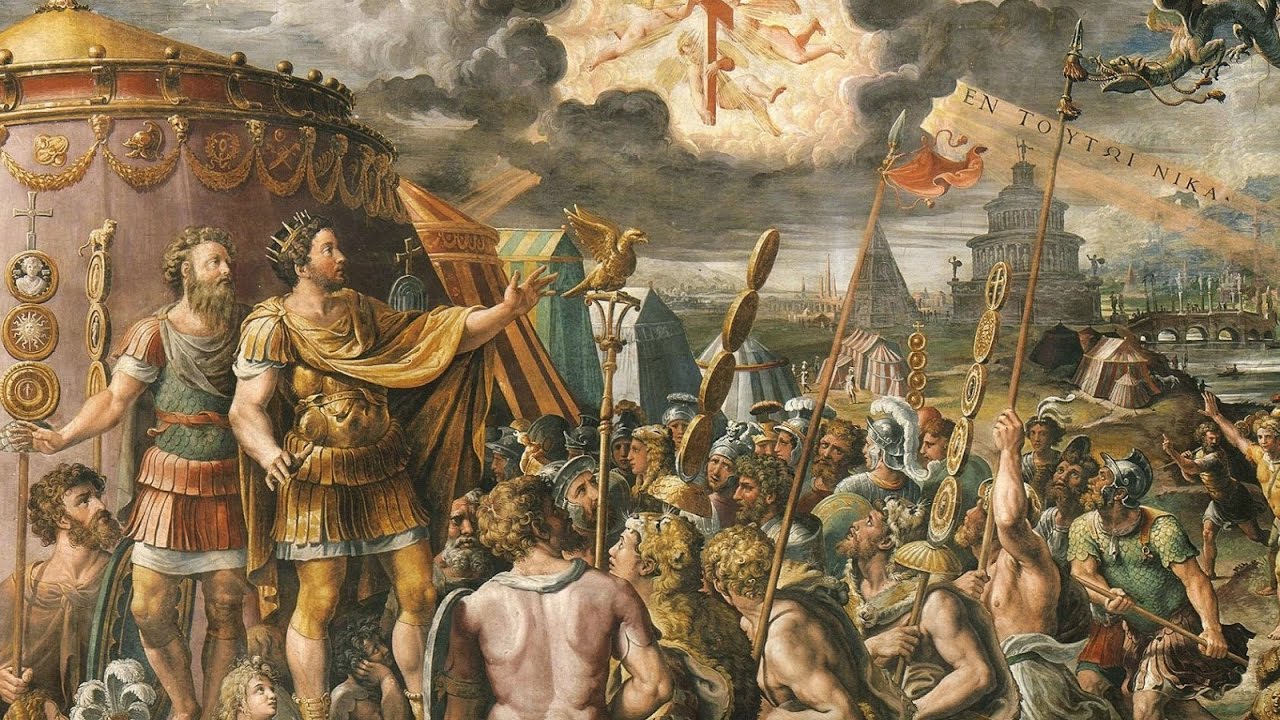
Constantine’s first fight was with Maxentius, Augustus of the west. on October 28, 312 A great battle took place between the two sides at the Milvian Bridge, located near Rome. Maxentius lost and was caught and killed in the Tiber while trying to escape.
Seeing Constantine’s power, Licinius, Augustus of the east, took care of himself by marrying his half-sister. but it was just a trap. Licinius was the one who inflamed the conflict between the two. First of all, Constantine was the winner from the armies of the two who faced each other in Italy, and thus the war spread.
The last fight between the two took place in the Dardanelles Strait. Constantine’s naval power was much less, but Because he knew how to maneuver, he defeated Licinius’s fleet, which was many times larger. Despite Constantine’s promise, he strangled Licinius six months after his surrender, making him the sole leader of the Roman Empire.
Constantine I makes Istanbul, a small port city, his capital:
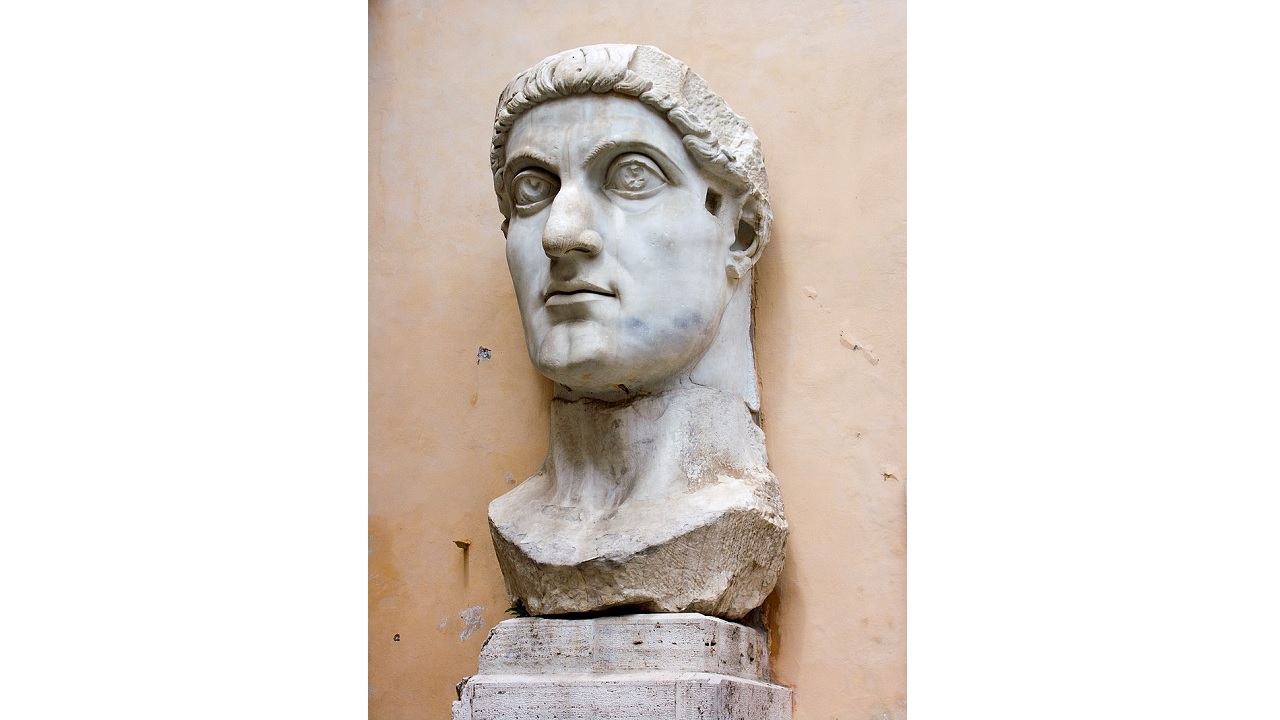
Licinius had no one against Constantine, who had defeated him, and He sat on the throne of the Roman Empire under the name of Constantine I. A small port city called Byzantium, which was founded in 667 BC, was the center of Roman trade at that time. Since the city of Rome was now in a corrupt state, Constantine I made an important decision and moved the capital of the empire here.
With the relocation of the capital to Byzantium, it began to be called Nova Roma, meaning New Rome. This was now the capital of the Eastern Roman Empire and remained that way until it was destroyed by the Ottoman Empire. After the death of Constantine I in 337, this city became known as Constantinople. After 1453, as we all know, this place took the name of Istanbul and was the capital of the Turks until the Republic of Turkey was established.
What did Constantine I do?
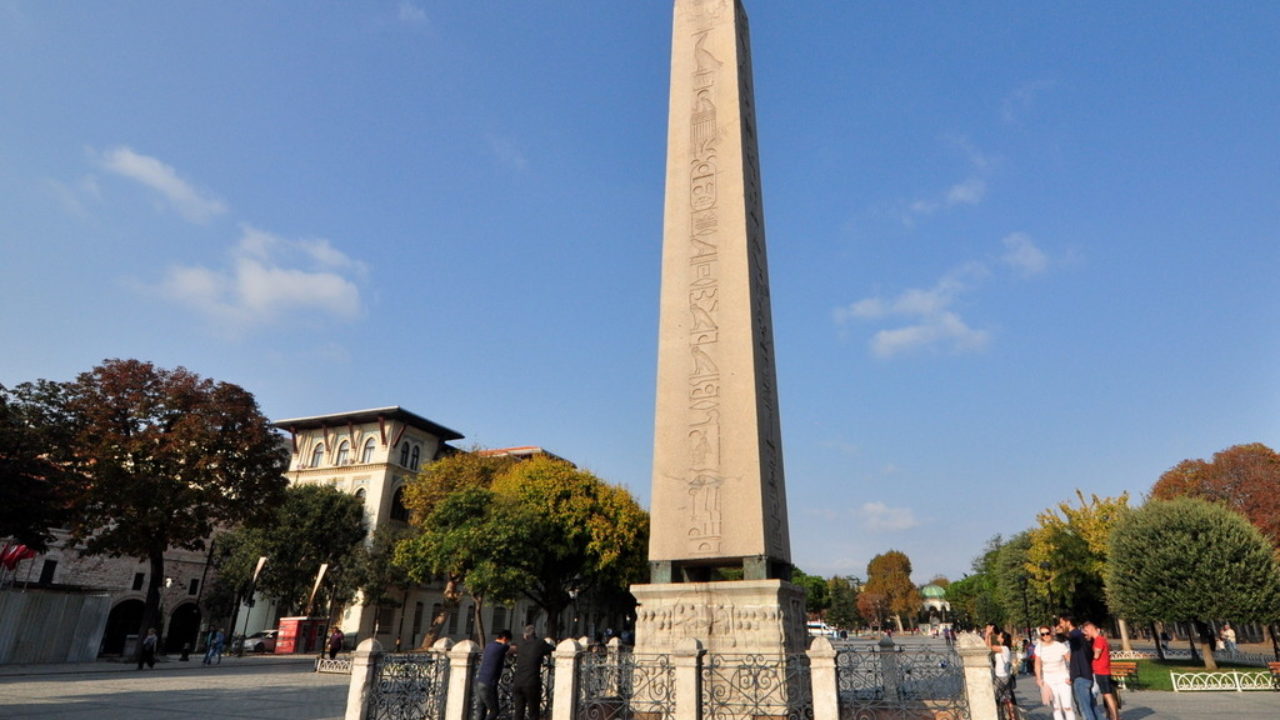
When Constantine I moved the capital of the Roman Empire from the city of Rome to Byzantium, he was with him The entire bureaucratic structure of the empire also came here. Of course, this small port city couldn’t hold all that crowd. Within the scope of projects that started in 330 and continued until 337, numerous buildings, aqueducts and roads were built in Byzantium. The city, which turned into a huge construction site, finally deserved the name Nova Roma.
The Hippodromos in the area we know as the Horse Square in Sultanahmet today was expanded during the reign of Constantine I. It has been transformed into a large area for 100 thousand people. Three columns, called the Column of Tutmosis, the Serpent Column and the Knitted Obelisk, are still standing. The structures in the Suriçi region today were drawn by Constantine I himself. It is possible to see that some of them remain the same even today.
Conversion of the Roman Empire to Christianity:
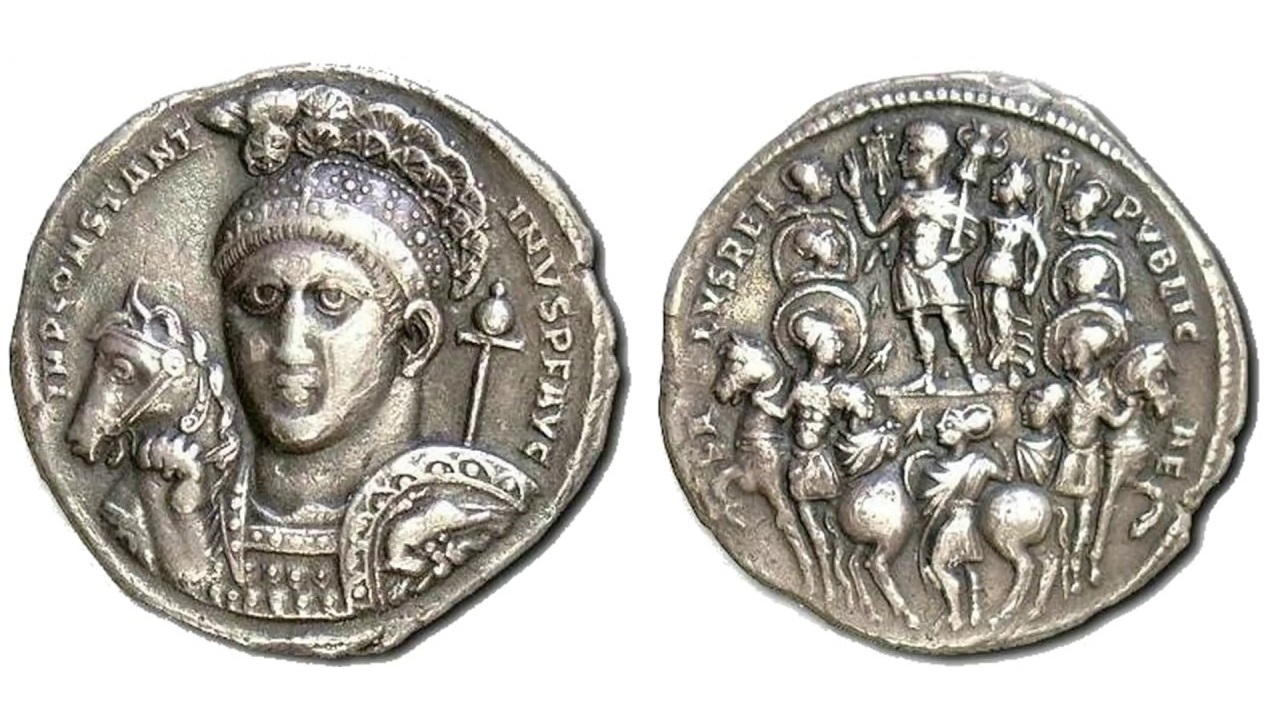
Constantine I, the founder of Constantinople and the Eastern Roman Empire, was also He was the first Roman emperor to convert the state to Christianity. Until this period, the general belief of the empire was on paganism and the people who were Christians were persecuted. Constantine I abolished this situation and provided freedom of belief.
The underlying reason why Constantine I provided such freedom is it was only to prevent the Christians from revolting and revolting. It is even said in some sources that he was not a Christian throughout his life and was baptized shortly before his death.
The biggest example that we have that these rumors are true are the coins minted in his period. On minted coins Roman gods such as Apollo are often featured. and even Constantine I is depicted as a sun god. However, the presence of early Christian symbols on some coins indicates that both the emperor and the empire were in a kind of transitional period. It goes without saying that Christianity and the Roman Empire became an inseparable whole over time.
Founder of Constantinople and the Eastern Roman Empire Who is Constantine I, what did he do We searched the dusty pages of history for answers to frequently asked questions and talked about the details you need to know about this great leader. You can share your thoughts on the subject in the comments.
